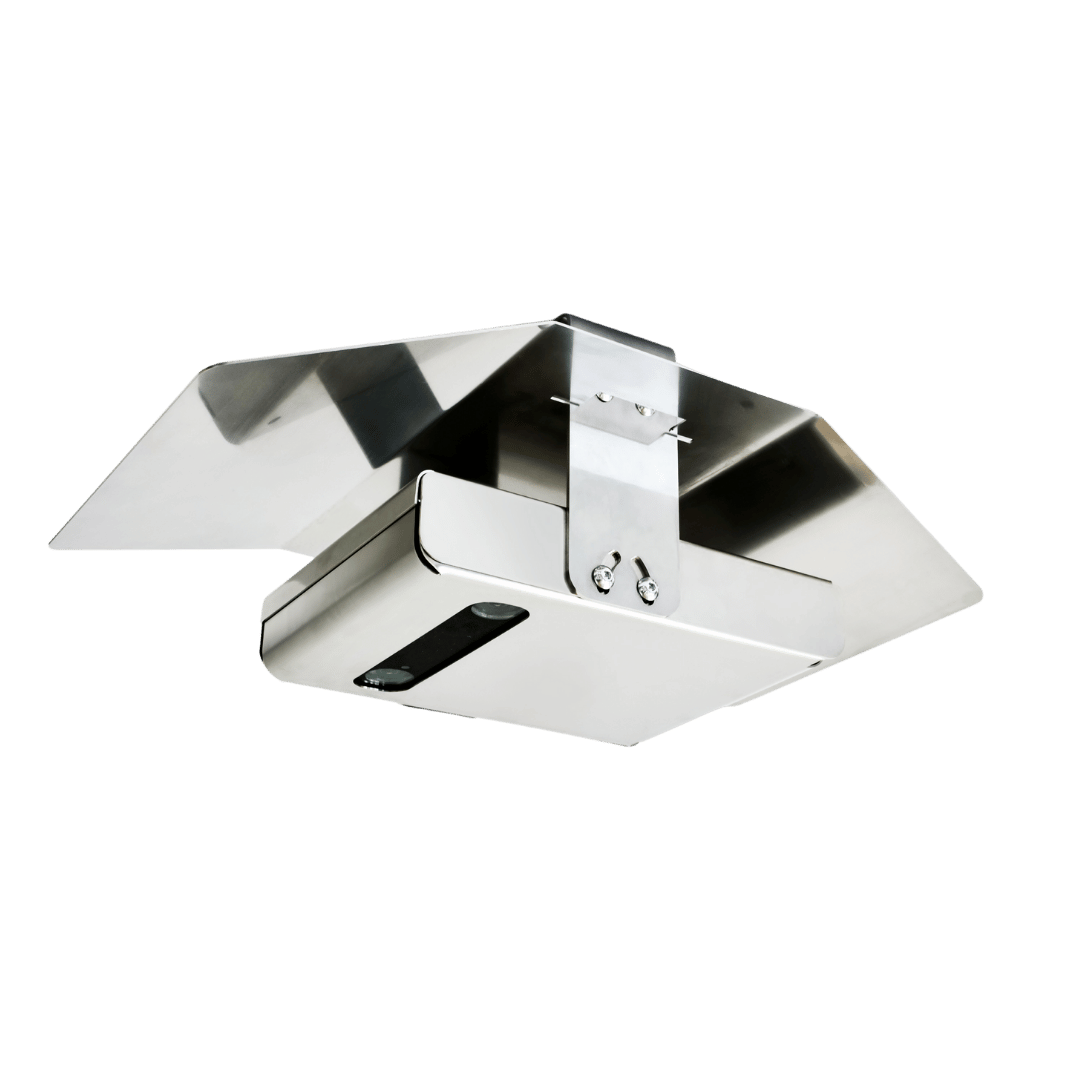In the fast-paced world of retail, understanding customer behavior is crucial to the success of any business. One key tool that can help retailers gain valuable insights into their customers' habits is the retail traffic counter. These devices, which are typically placed at store entrances, track the number of people entering and exiting a retail establishment. But how exactly do they work, and what role do they play in shaping a retailer's strategy? Let's explore the ins and outs of retail traffic counters and their importance in today's retail landscape.
What is a Retail Traffic Counter?
A retail traffic counter, also known as a foot traffic meaning, is a device that uses advanced technology to monitor the number of people entering and exiting a retail store. These devices can be as simple as a basic sensor that counts each time someone crosses a specified threshold, or as sophisticated as a video-based system that uses facial recognition to track individual customers. Regardless of the technology used, the primary purpose of a retail traffic counter is to provide retailers with accurate data on the flow of customers in and out of their stores.
How Retail Traffic Counters Work
Retail traffic counters work by detecting the presence of a person within their range. This can be achieved through a variety of sensors and technologies, including infrared sensors, thermal imaging, and video analysis. When a person crosses the threshold of the store entrance, the counter records the entry. Similarly, when a person exits the store, the counter records the exit. By analyzing this data over time, retailers can gain insights into peak hours, popular products, and even customer demographics.
The Importance of Retail Traffic Counters in Retail Strategy
Retail traffic counters play a crucial role in shaping a retailer's strategy in several ways. Firstly, they provide real-time data on customer traffic, allowing retailers to allocate staff and resources more efficiently. For example, if the counter shows that there is a surge of customers during certain hours, the retailer can schedule more employees to be on duty during those times. This can lead to improved customer service and increased sales.
Secondly, retail traffic counters help retailers identify trends and patterns in customer behavior. By analyzing data over days, weeks, and months, retailers can gain insights into which products are popular, which promotions are effective, and which areas of the store are underperforming. Armed with this information, retailers can make informed decisions about merchandising, pricing, and store layout.
Conclusion
In conclusion, retail traffic counters are invaluable tools for retailers looking to optimize their operations and maximize their profits. By providing real-time data on customer traffic and behavior, these devices enable retailers to make data-driven decisions that can improve the overall customer experience and boost sales. As the retail landscape continues to evolve, the role of traffic counters in retail strategy will only become more important. So, if you're a retailer looking to stay ahead of the competition, investing in a retail traffic counter may be just what you need.





Comments